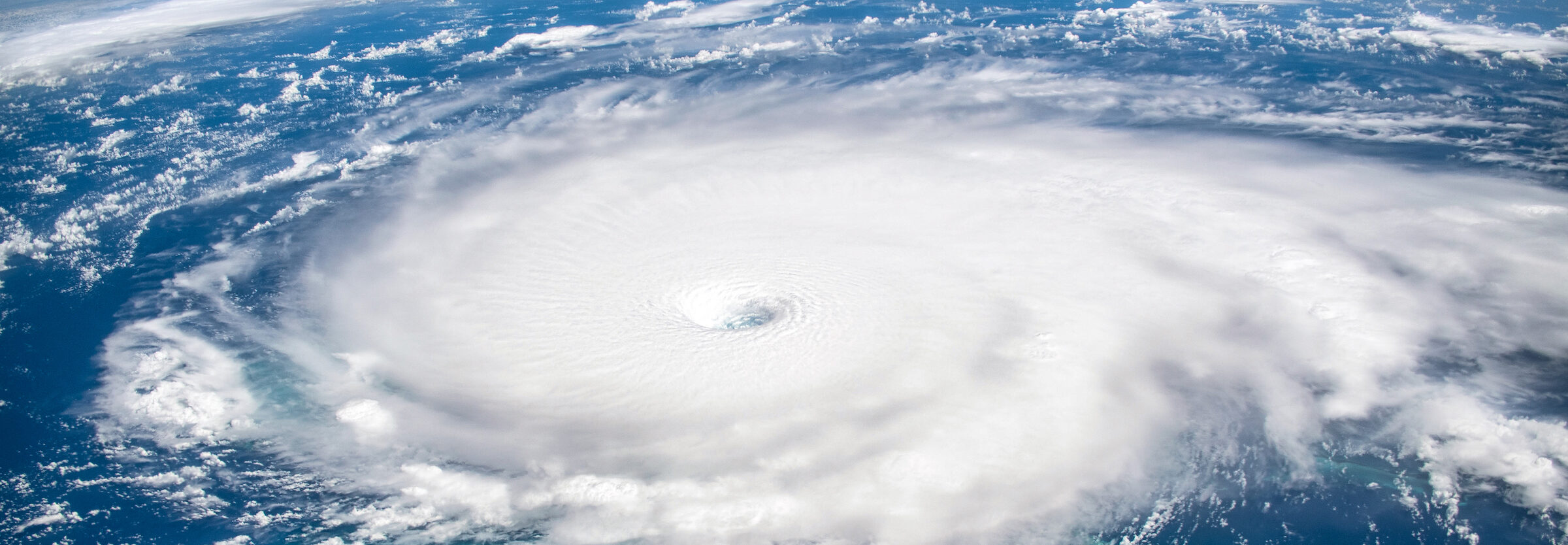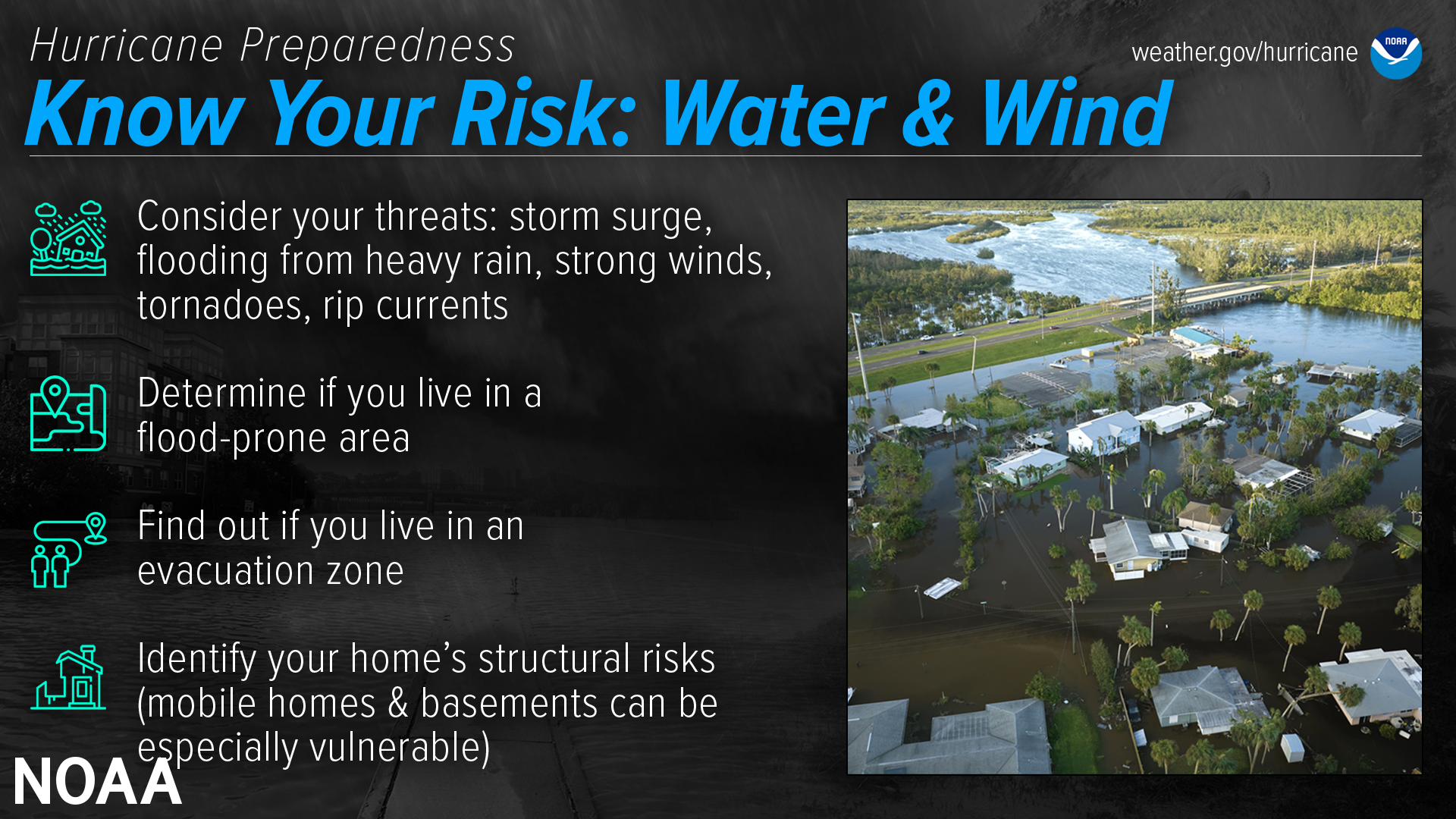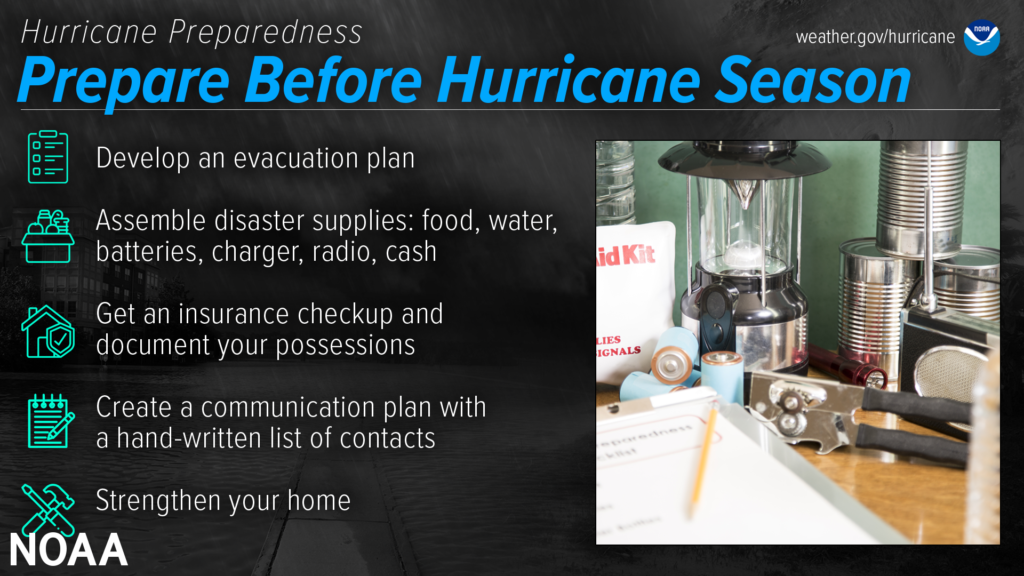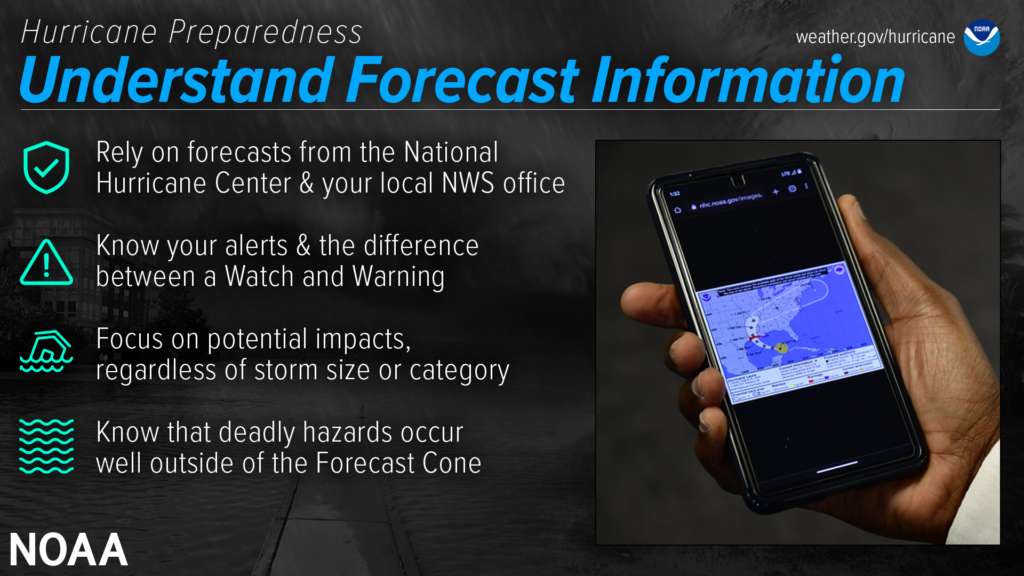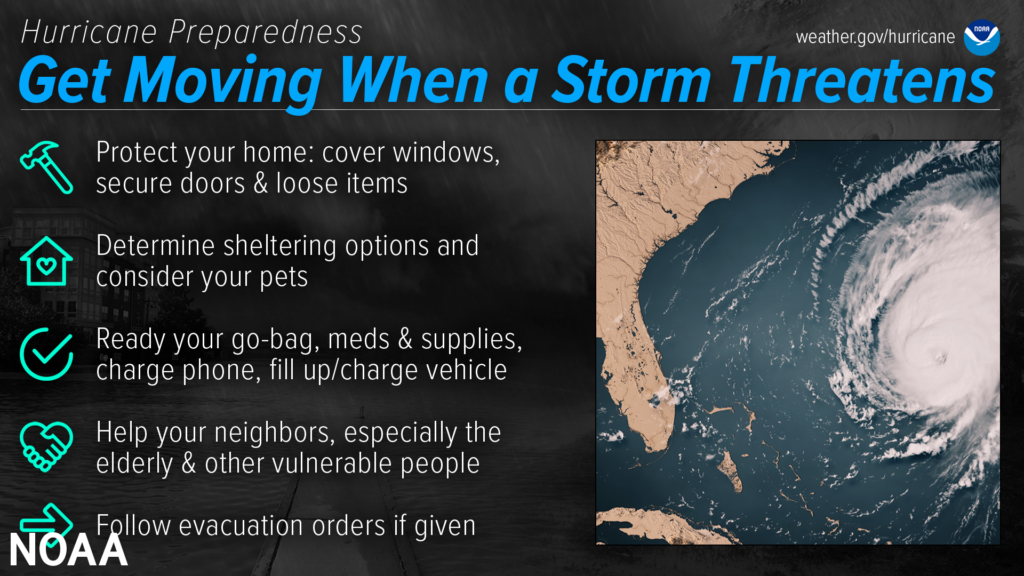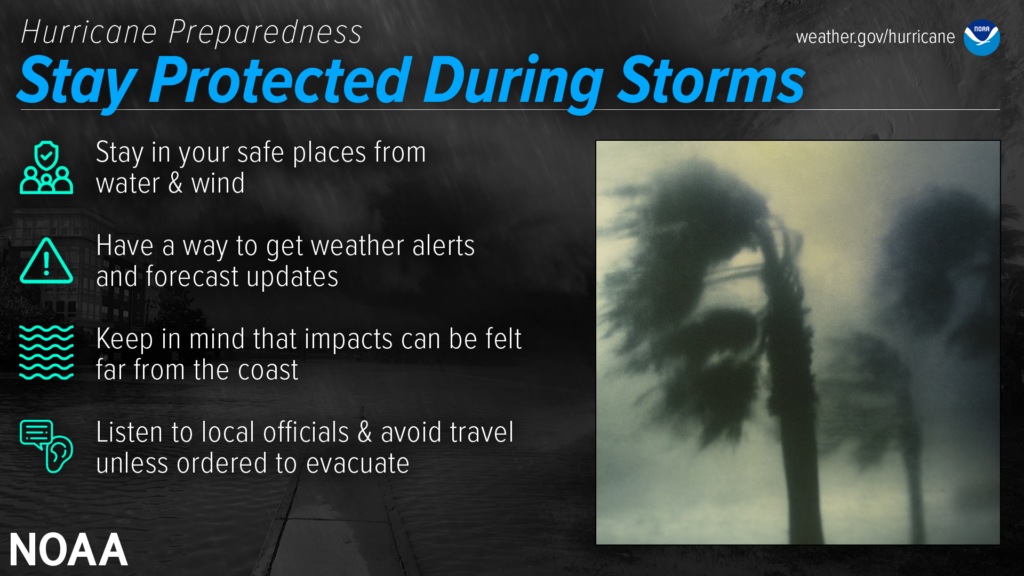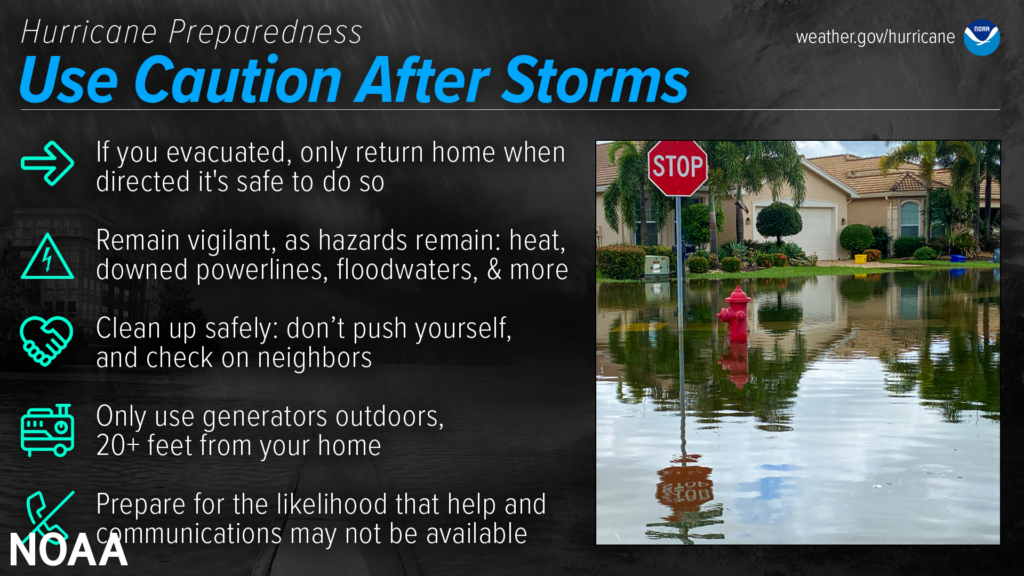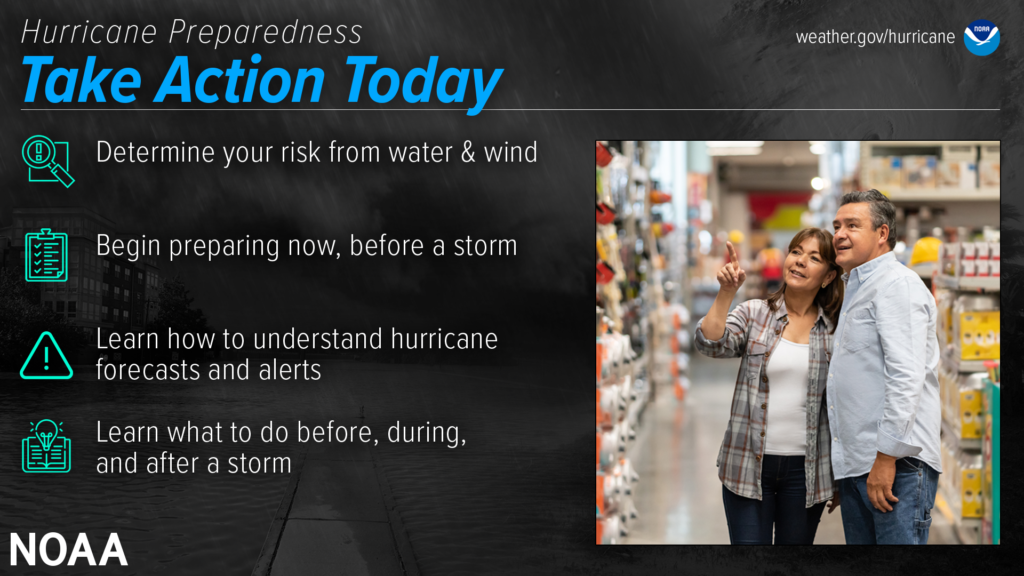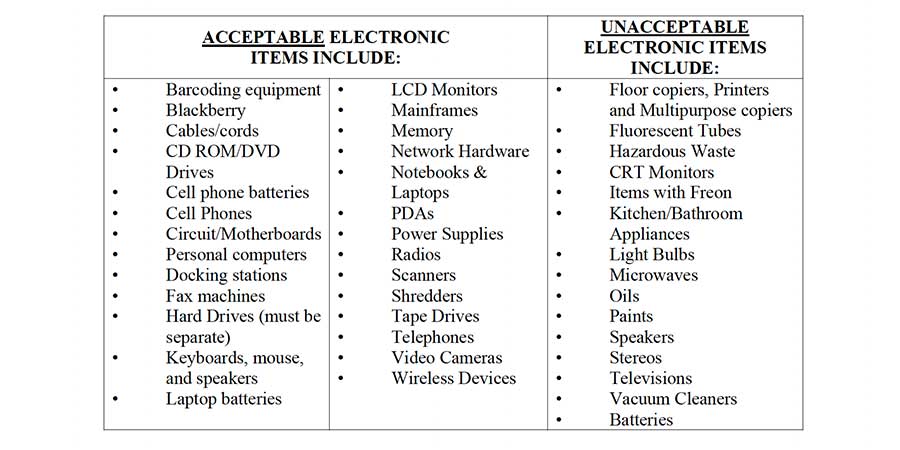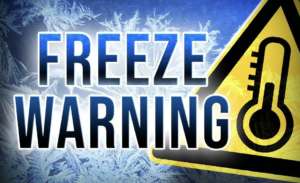UPDATE – Collection of Household Trash and Storm-Related Debris
As of July 17, Best Trash continues to collect household trash and storm-debris on the District’s regular collection days, Monday and Thursday. The priority of items being collected is as follows:
- Residential Trash
- Grass Clippings in Clear Bags
- Bulk Items
- Other Items
Best Trash has requested residents place grass clippings in clear bags to allow crews to determine what is yard waste and what is storm debris.
Additionally, Harris County Precinct 3 continues to collect storm-related residential debris. Residents must follow the instructions in the Debris Separation Guide provided below to ensure that their debris is collected. Please note, the guidelines have been updated since originally provided and residents are no longer required to submit a service request to Precinct 3. For more information, please visit Harris County Precinct 3 website.




